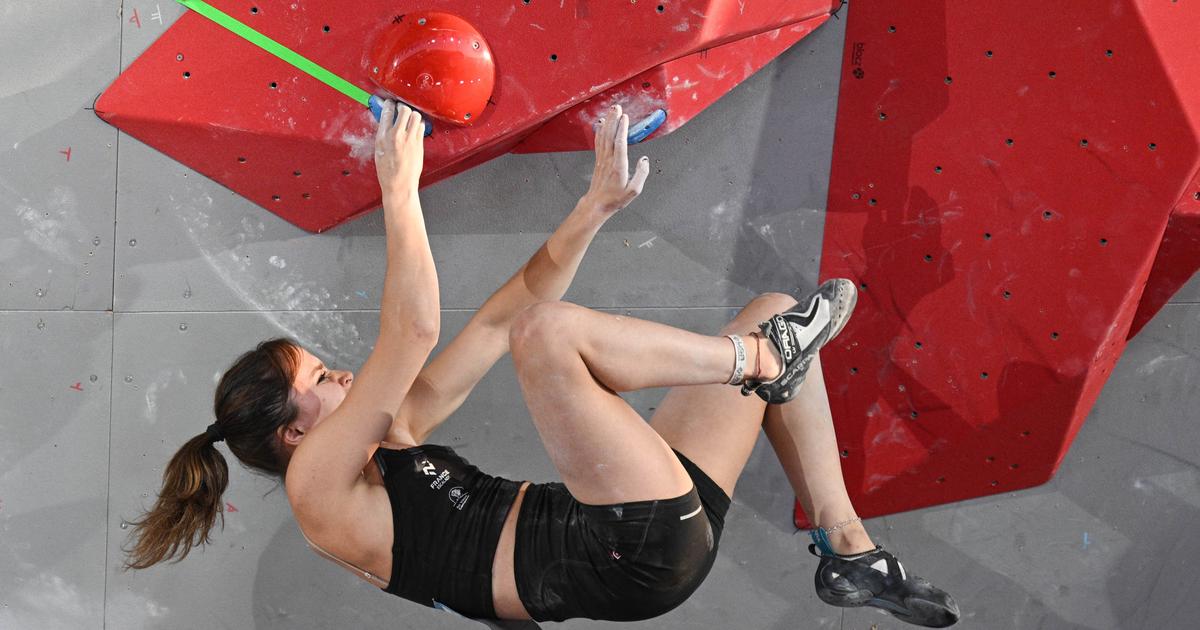On April 17, just one day after Alex Honnold announced an incredible adventure of climbing in all-round solo in Red Rock (Las Vegas, USA), another climber announced on his social networks an equally fantastic news: he had survived days before to a fall of between 45 and 60 meters (equivalent to a 15-story building) while climbing, too, without a partner or rope.
Josh Ourada had already climbed the route that almost ended his life alone, and he barely managed to explain what happened: “I think my foot slipped and, maybe a hand at the same time, and I fell. I was aware of the whole fall, and tried to hold on to whatever it was or try to slow it down. The result: open fracture of my left ankle, severe cuts in the right, pelvic fracture, explosion of the L1 vertebra, broken ribs, collapse of a lung and a broken thumb, "he explained on his Instagram account.
Ourada's accident happened in Yosemite, a couple of days after he signed his first rope ascent at El Capitan, the scene where Alex Honnold, a Black Diamond team athlete, signed the first full solo ascent of this legendary 1,000 wall. meters, a feat made viral thanks to the Oscar-winning documentary entitled
Free solo
.
Paradoxically, on April 16, Alex Honnold signed in the most absolute of anonymity a chain of climbs described by himself as "much tougher than my tenure at El Capitan."
“I know that nothing like
Free
will ever be filmed on its
own again
, but that doesn't mean that it won't encounter new and even more complicated challenges than that,” he adds.
In Red Rock, Honnold chained almost a thousand meters of climbing linking three mythical routes of the place: in his opinion, in terms of physical and mental effort, it was a tremendous day that took him to climb 32 lengths, a third of which presented very difficult difficulties. serious.
More information
Alex Honnold: "I'm scared, like everyone else, but I control it"
Alex Honnold and Adam Ondra, the two ways of understanding the climbing world
In fact, he tried to climb a fourth way, but once in the first third of the route the heat and the tremendous pain he felt in his feet (they swell inside the narrow climbing shoe when the heat hits) forced him to de-climb to return to the ground and walk to the parking lot that he had left 11 hours earlier.
Interestingly, such activity has barely been echoed in the major North American media, probably because there are no graphic documents that serve as testimony.
The Ourada accident occurred five days before Honnold's last feat, so there is no talk of a knock-on effect.
In addition, rope-climbing is a respected tradition in the United States, an exercise that now fascinates the American media, but is as old as climbing.
Errors in solo integral are usually paid for with death, but not always. The case of Ourada is one more with a miraculous ending. While the vast majority of climbers around the planet embrace the more aseptic, playful and social side of climbing, filling climbing walls as if they were attending a
spinning
session.
Others seek the opposite: the touch of rock, contact with the natural environment, solitude and an experience that has little to do with sports performance. In fact, from his latest adventure at Red Rock, Honnold not only highlights his enormous psychological or physical commitment, but he points to everything that the crowds, resin grips or indoor places will never offer him. “On one of the walls, a peregrine falcon approached me, surprisingly, scaring me. When you climb with companions, the noise you make frightens all kinds of creatures, but being alone, in silence, moving with care and concentration, the only thing I do is awaken the curiosity of animal life. I become another part of the landscape, ”Honnold told
Climbing
magazine excitedly
.
View this post on Instagram
A post shared by Shane Saunders (@climbershane)
To understand Honnold it is necessary to know his love for climbing and its history, his bulimic need to chain walls together in a marathon of movements that are not so difficult, but harmonious, his taste for flowing vertically in settings far from life at ground level. of soil.
Here, climbing is much more of a journey of introspection than a specific goal.
Honnold has released a series of
podcasts
where he recounts the history of rock climbing, an exercise that has allowed him to see how this discipline has changed in the last quarter of a century. Although there are still adepts of rope climbing, such as the unfortunate Ourada, the integral solo, he observes, it is becoming less frequent. The difficulty with rope, the physical and technical excellence, the Olympic present of climbing and the need for safety that has been installed in society make Honnold a
rare bird
: "My friends who climbed without a rope have either died or have left", she is sincere, while pointing out that it is not necessary to climb without a rope to go out to meet nature, isolation and the experiences in great walls that so much they are passionate.
Of course, climbing in adventure terrain requires, first, a desire to live an authentic adventure, and then years of learning and taking the toll of danger.
You can follow SPORTS on
and
, or sign up here to receive
our weekly newsletter
.

/cloudfront-eu-central-1.images.arcpublishing.com/prisa/B3MPD5JTMFCLNNJ2FEI5PJ6QXU.jpg)







